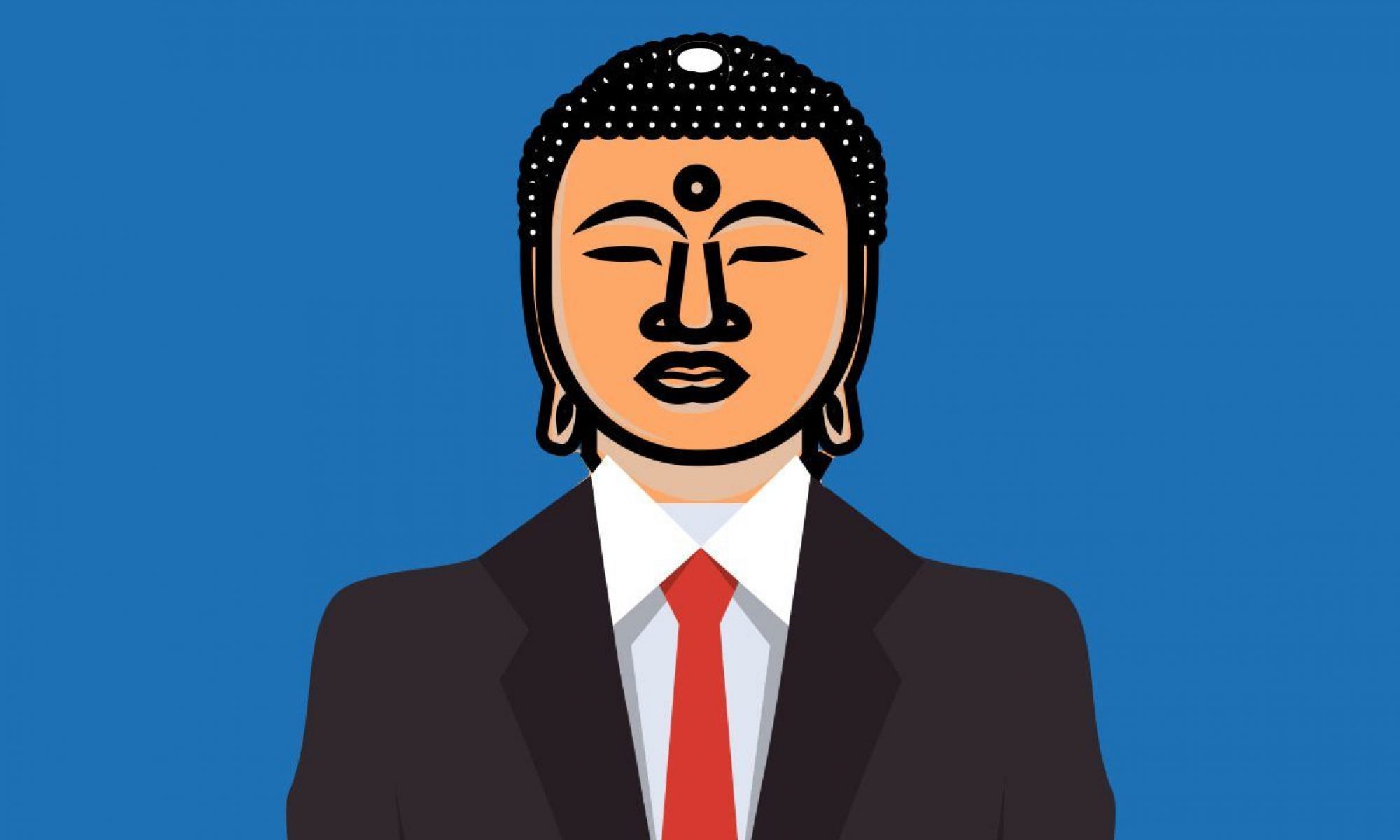Chapter 10: Techniques
“Can you keep your soul in its body,
hold fast to the one,
and so learn to be whole?
Can you center your energy,
Be soft, tender,
And so learn to be a baby?”
~ Tao Te Ching: A Book about the Way and the Power of the Way, trans. Ursula K. Leguin (Shambhala, Boulder: 2019)
The genius of Hindu spirituality is its diversity. In the tradition of the four yogas, you pick your path up the mountain: work (karma yoga), devotion (bhakti yoga), study (jnana yoga), or “yoga” as we in the West know it (raja yoga). What’s striking about this model is that there’s a yoga for both our three centers—head (jnana), heart (bhakti), and body (raja)—and our engagement with others and the world (karma).
And of course you don’t need to “choose” exactly…the paths switch back and crisscross in all sorts of ways, merging into each other and back apart as mountain paths do. But one path will call to us the most. The beauty of this model of spirituality is that it balances plasticity with rigor; there’s wiggle room for free play, but structure to foster true growth.
The word yoga means to “yoke,” to unify or integrate. A truly yogic yoga, then, would exercise all four of these dimensions because they’re all part of our being. The trick is find out where we are over- and under-developed, where the kinks in our hose are, where the breaks and dislocations and knots and snarls lie. If we aren’t truly centered, we need to find out what we are centered on, slowly relax our grip, and let the patient undertow of the soul gently guide us back.
New to the Dao Du Jour? Check out “Day 0.”
